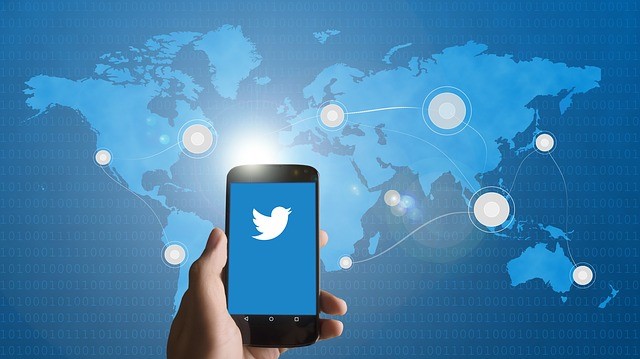 As the most open social media network, Twitter attracts extensive attention from researchers, journalists and corporate public relations departments. It’s a vital platform for social media analytics. However, researchers should hesitate to reach conclusions from monitoring Twitter data because of the platform’s skewed demographics.
As the most open social media network, Twitter attracts extensive attention from researchers, journalists and corporate public relations departments. It’s a vital platform for social media analytics. However, researchers should hesitate to reach conclusions from monitoring Twitter data because of the platform’s skewed demographics.
Twitter users tend to be younger, more liberal and better educated than U.S. adults overall, according to data from the Pew Research Center.
Adults on Twitter are nearly three times as likely to be younger than 50 than the general population. Overall, 42% of U.S. adult Twitter users have at least a college degree, compared with 31% of all Americans. And 41% of adult Twitter users earn at least $75,000 a year, compared with 32% of all American adults.
They’re also more likely than U.S. adults overall to identify as Democrats and less likely to say they are very conservative. Six-in-ten adults on Twitter say they are Democrats or lean toward the Democratic Party, compared with 52% of all Americans. Only 14% call themselves very conservative, compared with one-in-four Americans overall.
While Twitter is mostly a public-facing platform, 13% of users in the U.S. keep their accounts private, according to a Pew Center analysis. Users who opt not to post tweets publicly are more likely to be women and more active when it comes to creating and favoriting tweets. Unless granted permission, researchers can access only basic information about them.
Active Users Dominate
In addition, highly active tweeters differ from the overall Twitter population. The top 10% most prolific tweeters generate 80% of all tweets. The median user in the top ten percent of tweeters creates 138 tweets per month; the median Twitter user in the remaining 90% posts only two tweets monthly. Power users also “like” others’ tweets, have more followers and follow others more than average users.
“As a result of this behavior, the bulk of content posted by Americans on Twitter reflects only a small number of users,” observes Ronn Torossian, founder and CEO of 5W Public Relations, writing in O’Dwyer’s.
PR and Marketing Implications
A brand’s Twitter presence often serves as both a newsroom and front door for the company. This has led to many PR and marketing teams to measure their social media success based on the number of followers they attract:
“This latest Pew Research Center data, however, should have many marketing strategists reconfiguring their plans,” Torossian asserts. “Quality over quantity, in all things, is the real goal. What use are thousands of followers if none of them are active?”
Market research attained through social media monitoring has several advantages. It’s more current, affordable, and accurate than traditional market research. Many brands now conduct social media analysis to quickly and affordably obtain market research on consumer opinion. Although some marketers say social media analytics can supplant traditional marketing research, prudent PR and marketing teams typically balance social media measurement with other research methods for the most accurate results.
Monitoring Twitter is essential to identify trends or potential problems and to better understand public sentiment toward the organization and its brands. However, in making communications or policy decisions, beware — or at least be skeptical — of the data it generates.
Bottom Line: Twitter users differ demographically from Americans overall. Plus, a small core of users dominates discussions. PR and marketing teams will keep that in mind as they use Twitter for research and promotions.
William J. Comcowich founded and served as CEO of CyberAlert LLC, the predecessor of Glean.info. He is currently serving as Interim CEO and member of the Board of Directors. Glean.info provides customized media monitoring, media measurement and analytics solutions across all types of traditional and social media.




